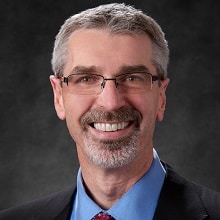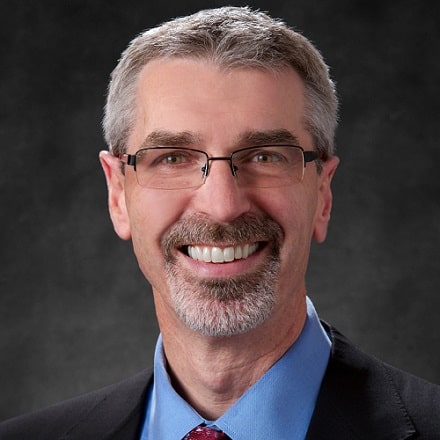Inside Angle
From 3M Health Information Systems
Prevention vs. treatment: Investing in the health of communities
When public health initiatives account for 90 percent of improvements in population health, what is the role of the care delivery system in addressing non-medical or social factors that drive outcomes? For Nico Pronk, PhD, President of the HealthPartners Institute and Chief Science Officer at HealthPartners, it means finding the right balance between caring for the urgent needs of a community and enhancing the vital conditions of a community, such as affordable housing, healthy food accessibility, and early childhood education. Based on the success of HealthPartners’ Power Up 4 Kids program and other intiatives, Dr. Pronk discusses an approach that pays careful attention to the needs of a community and engages local stakeholders to improve the chances of good outcomes.




